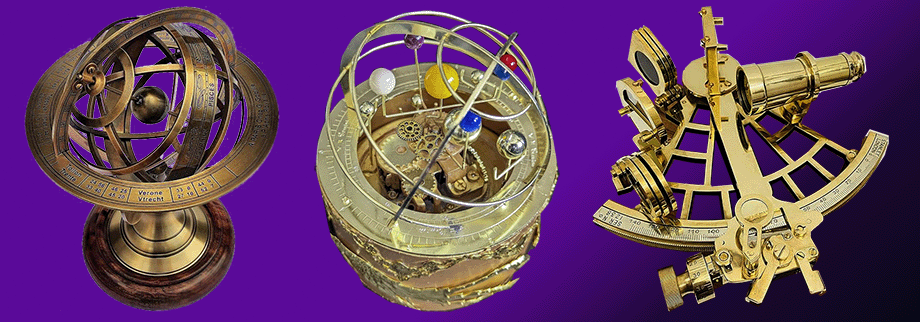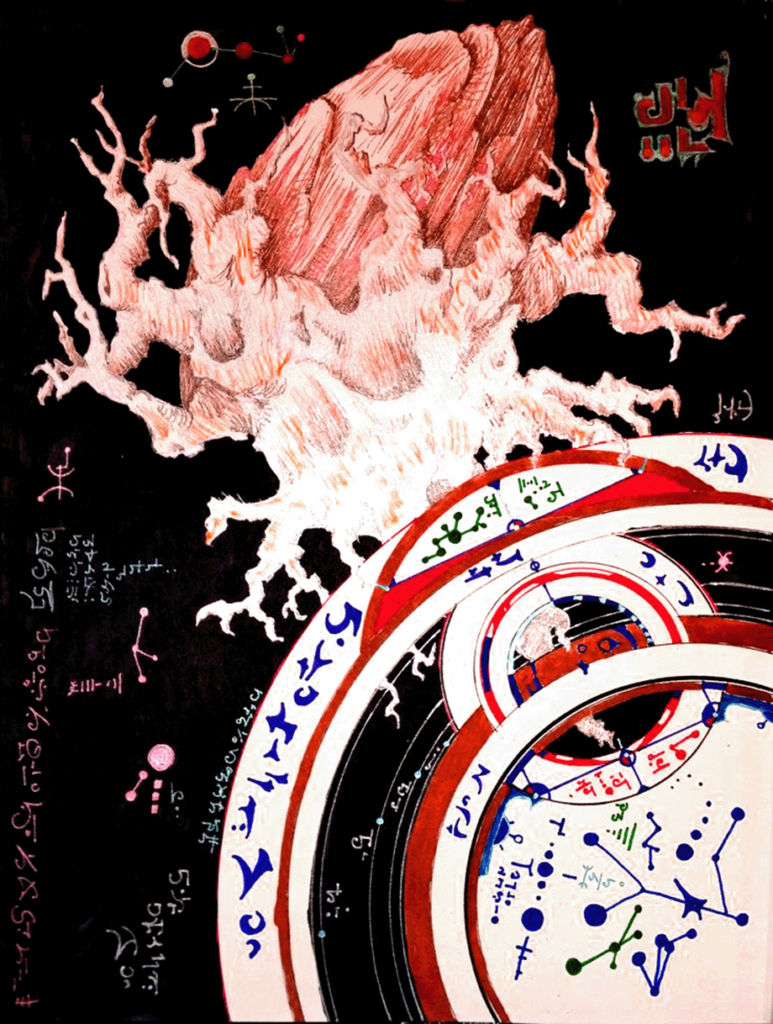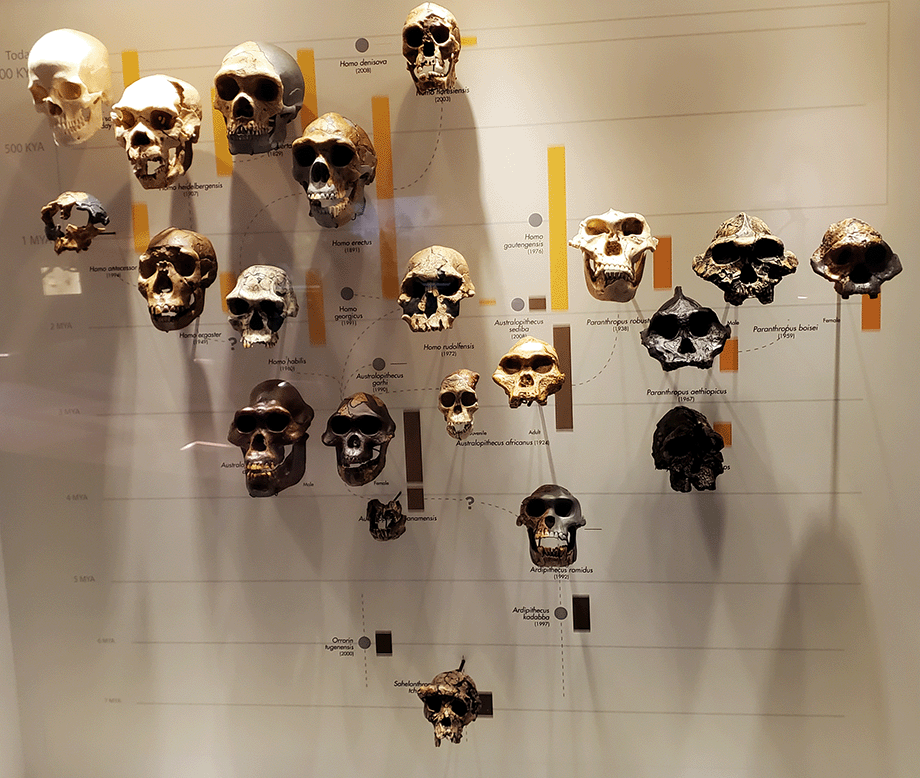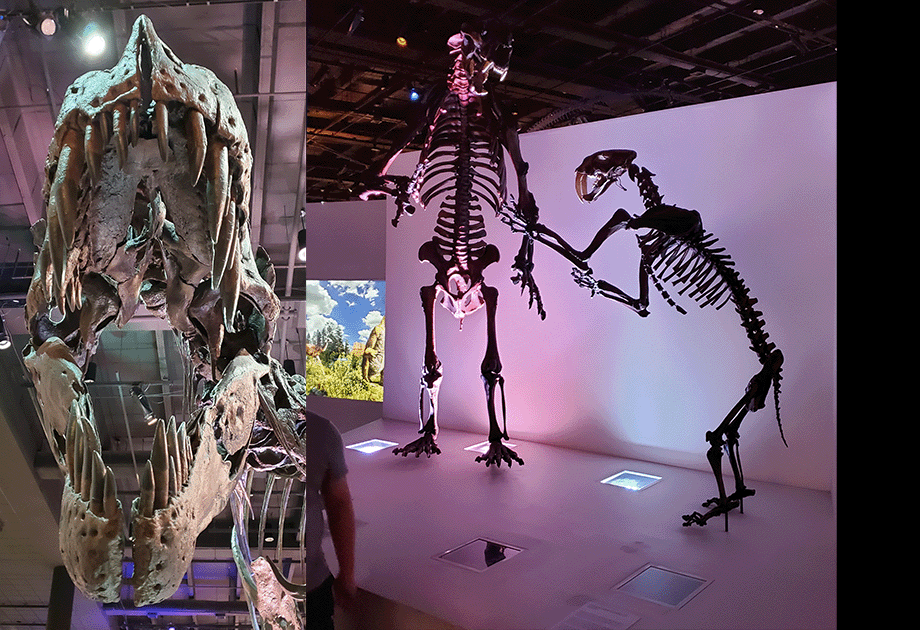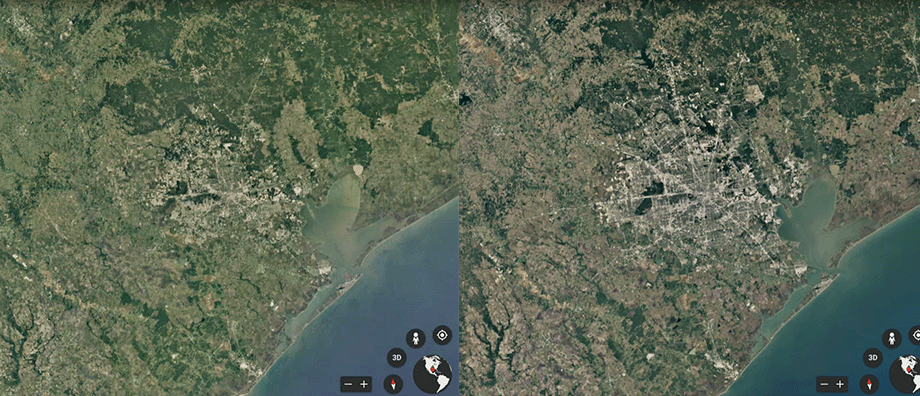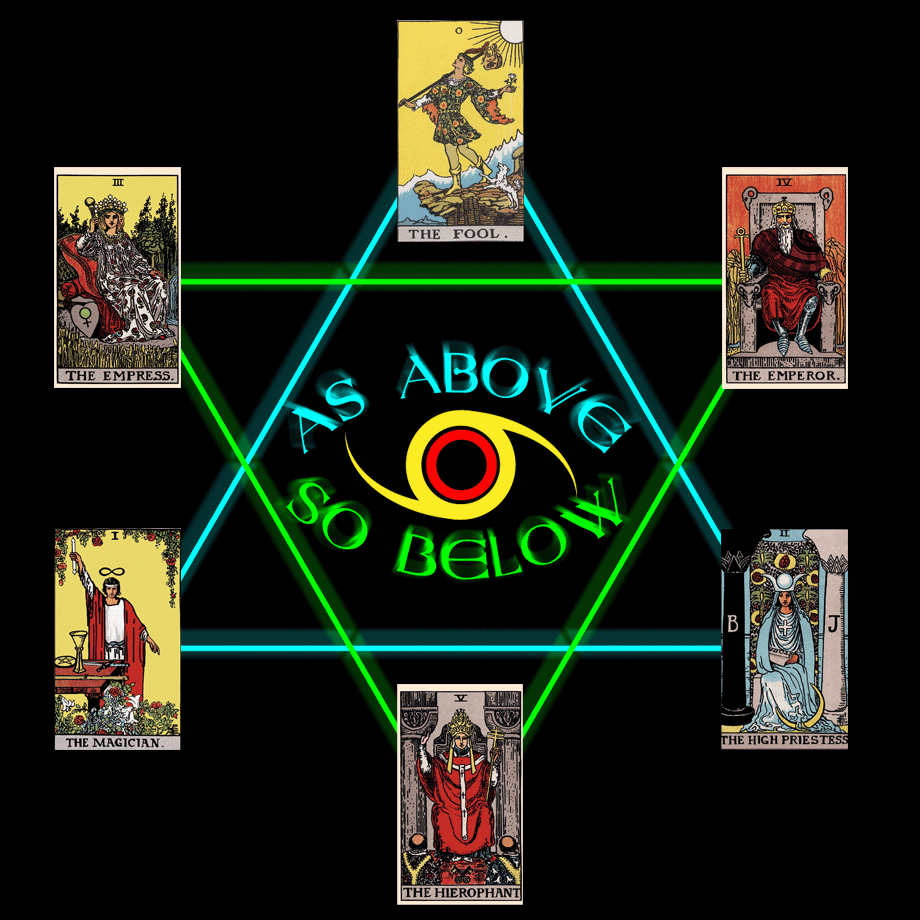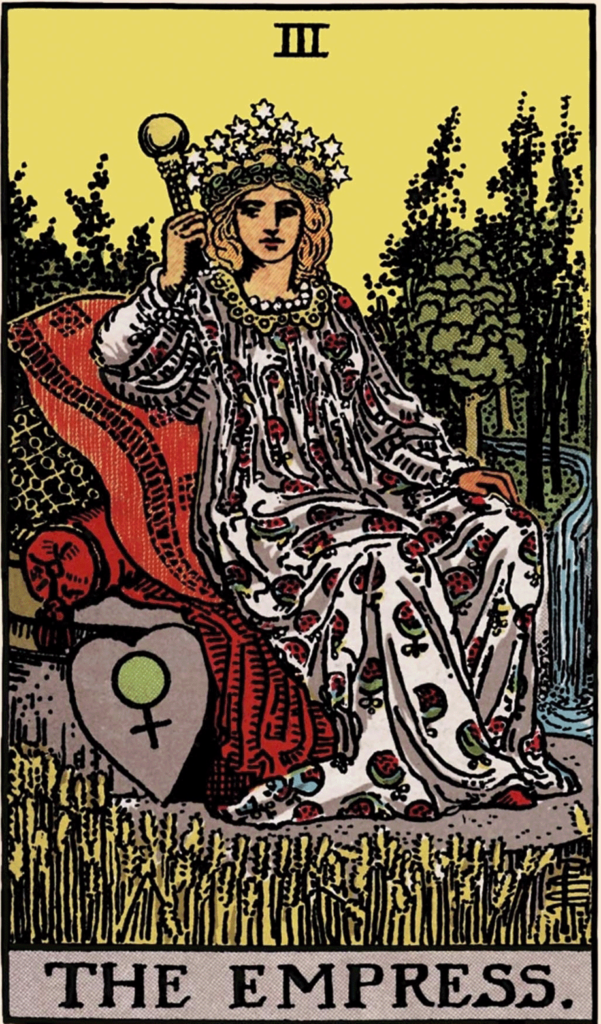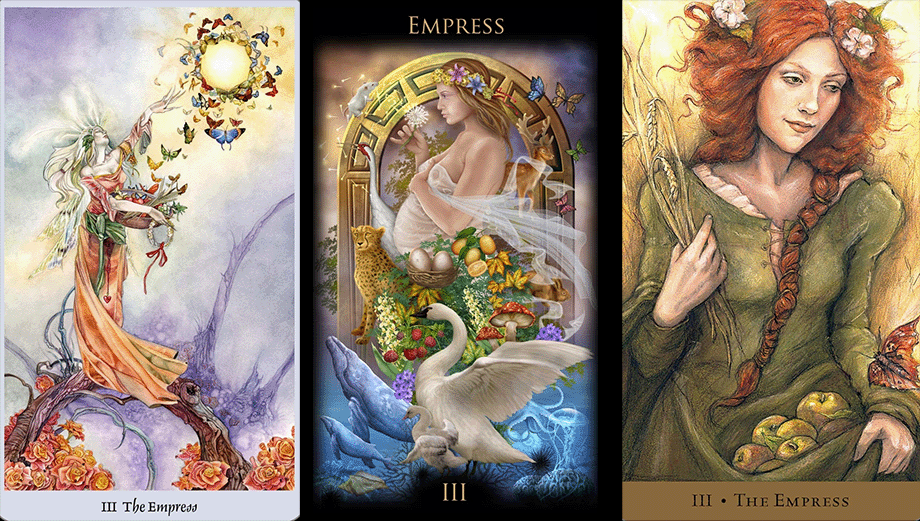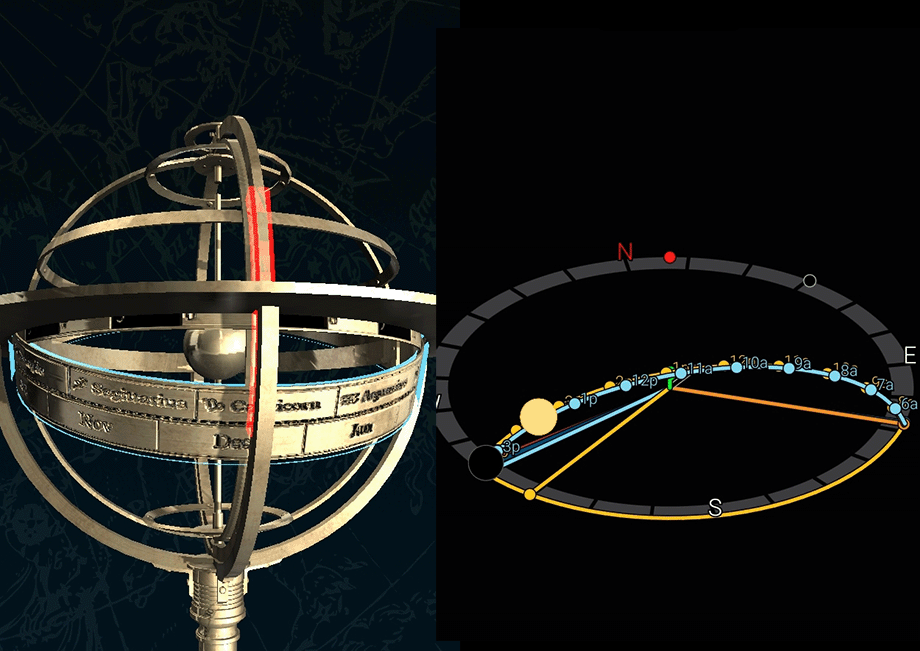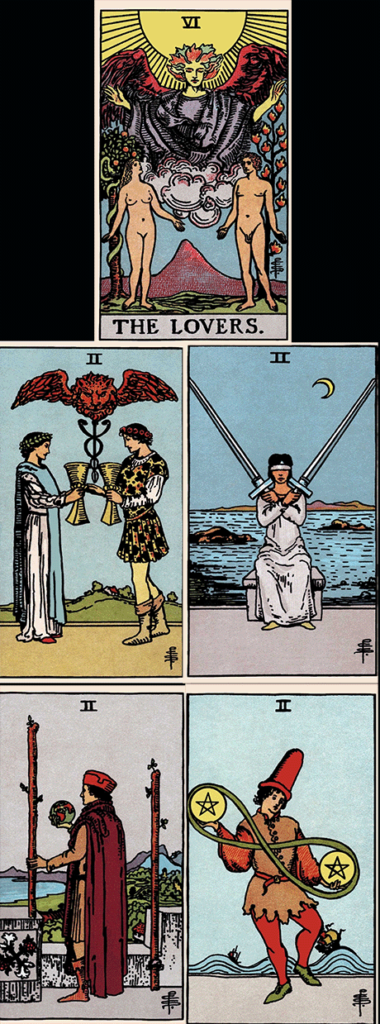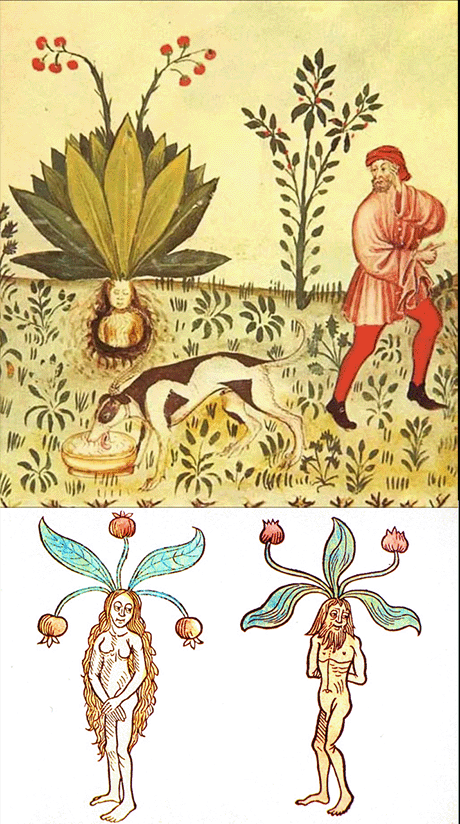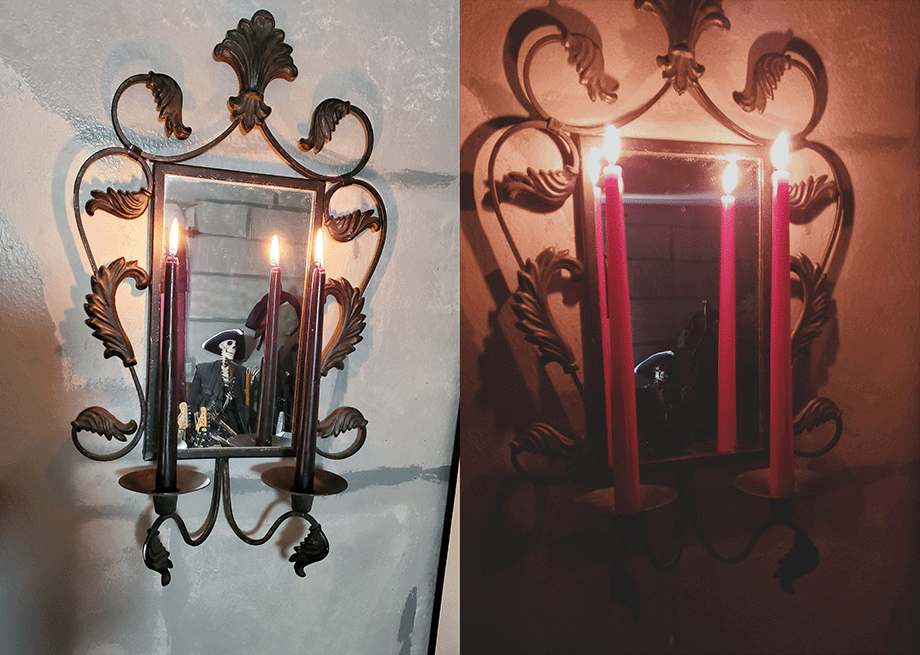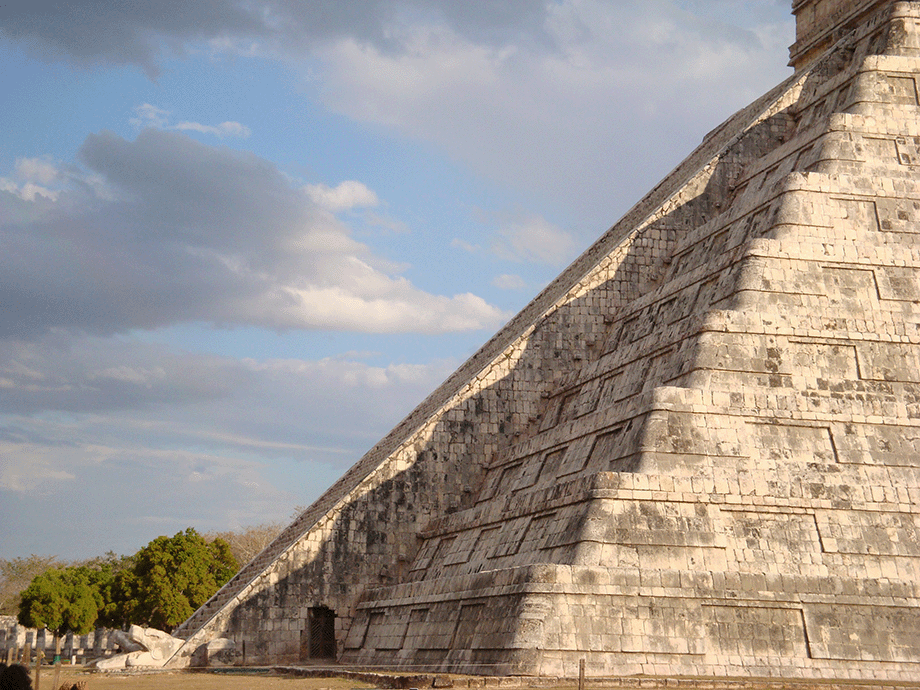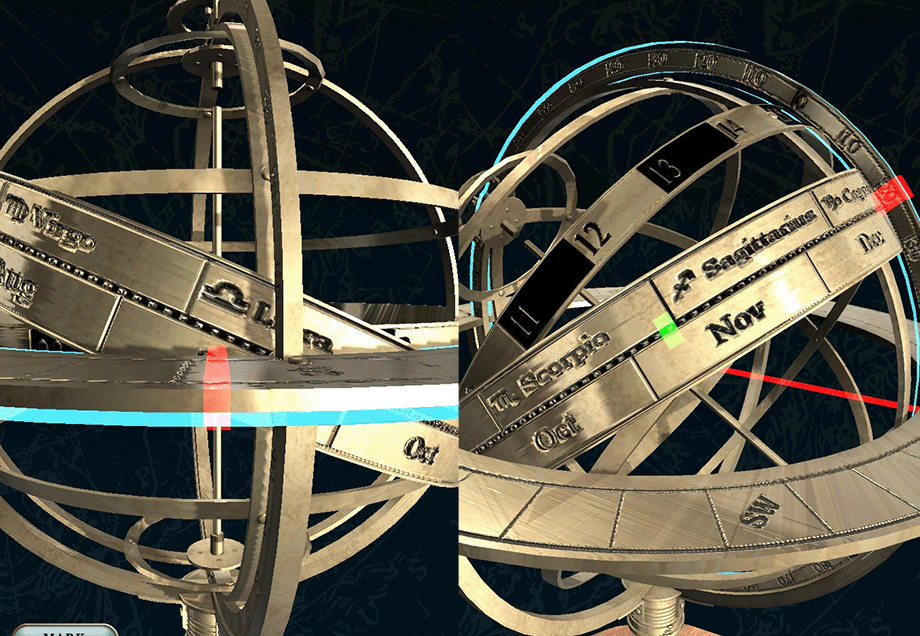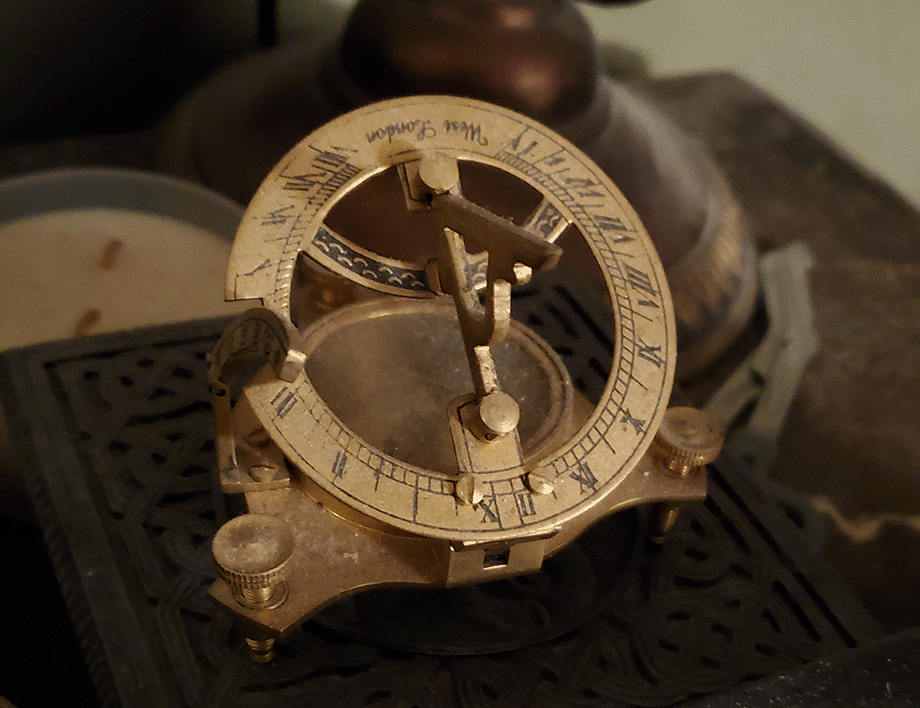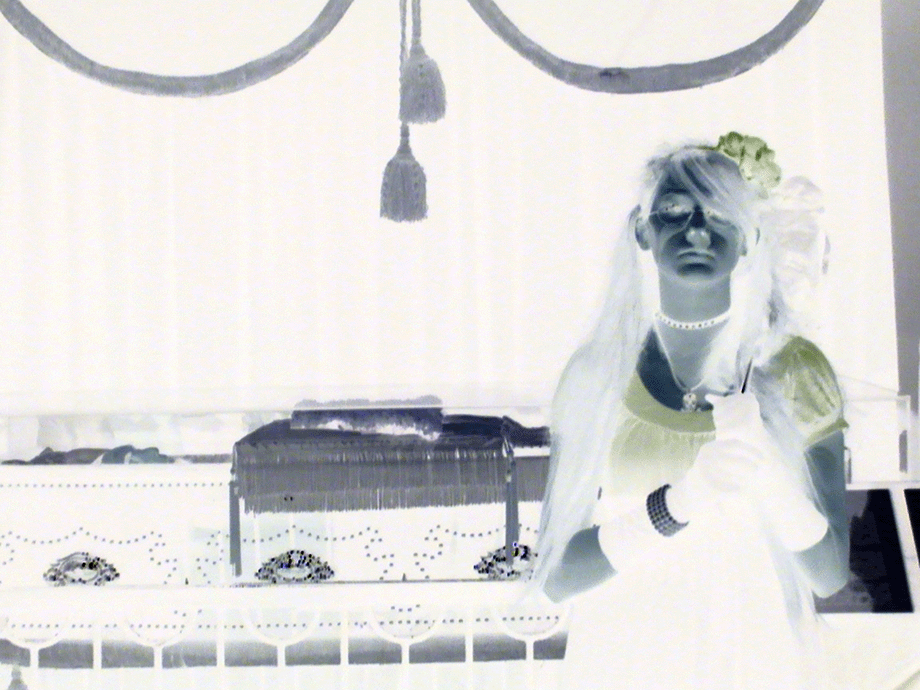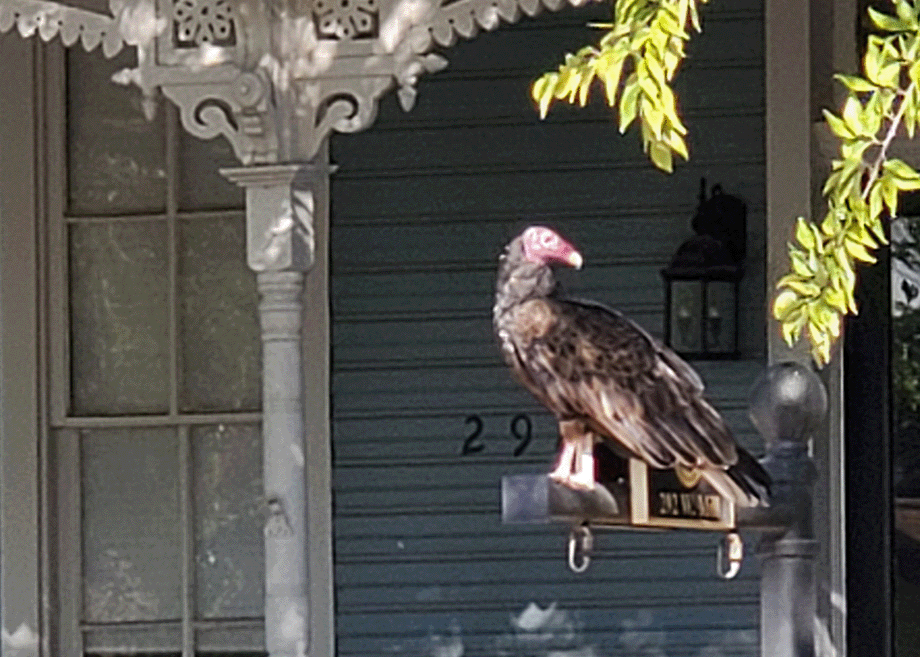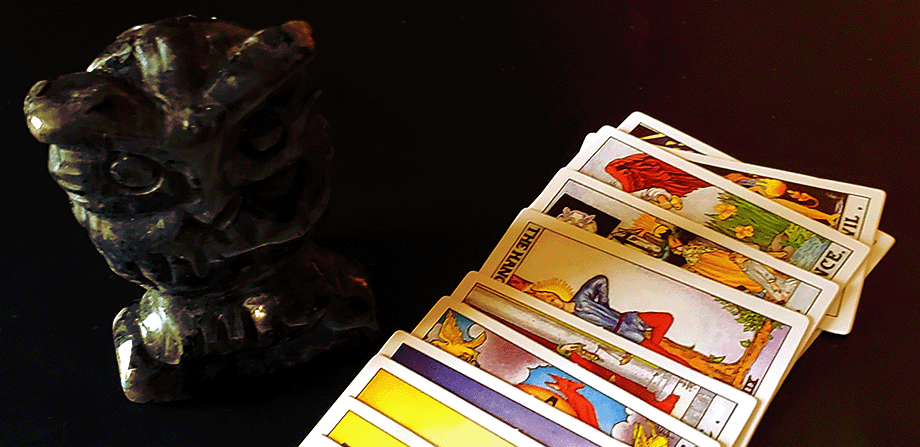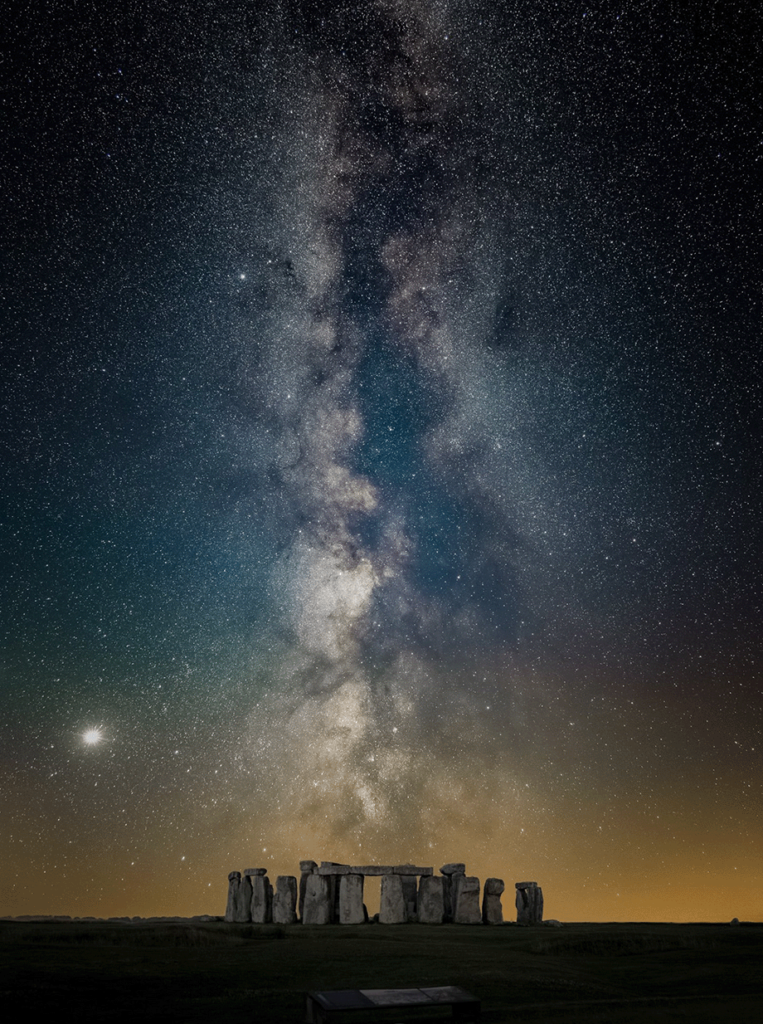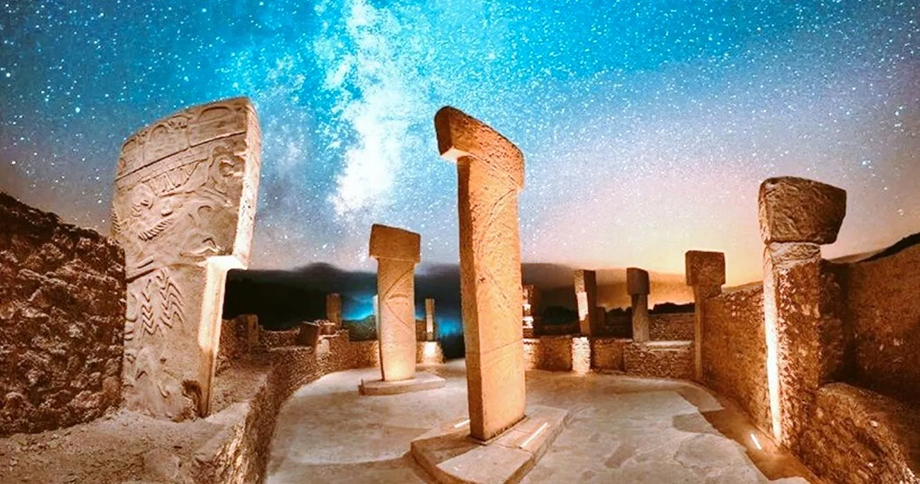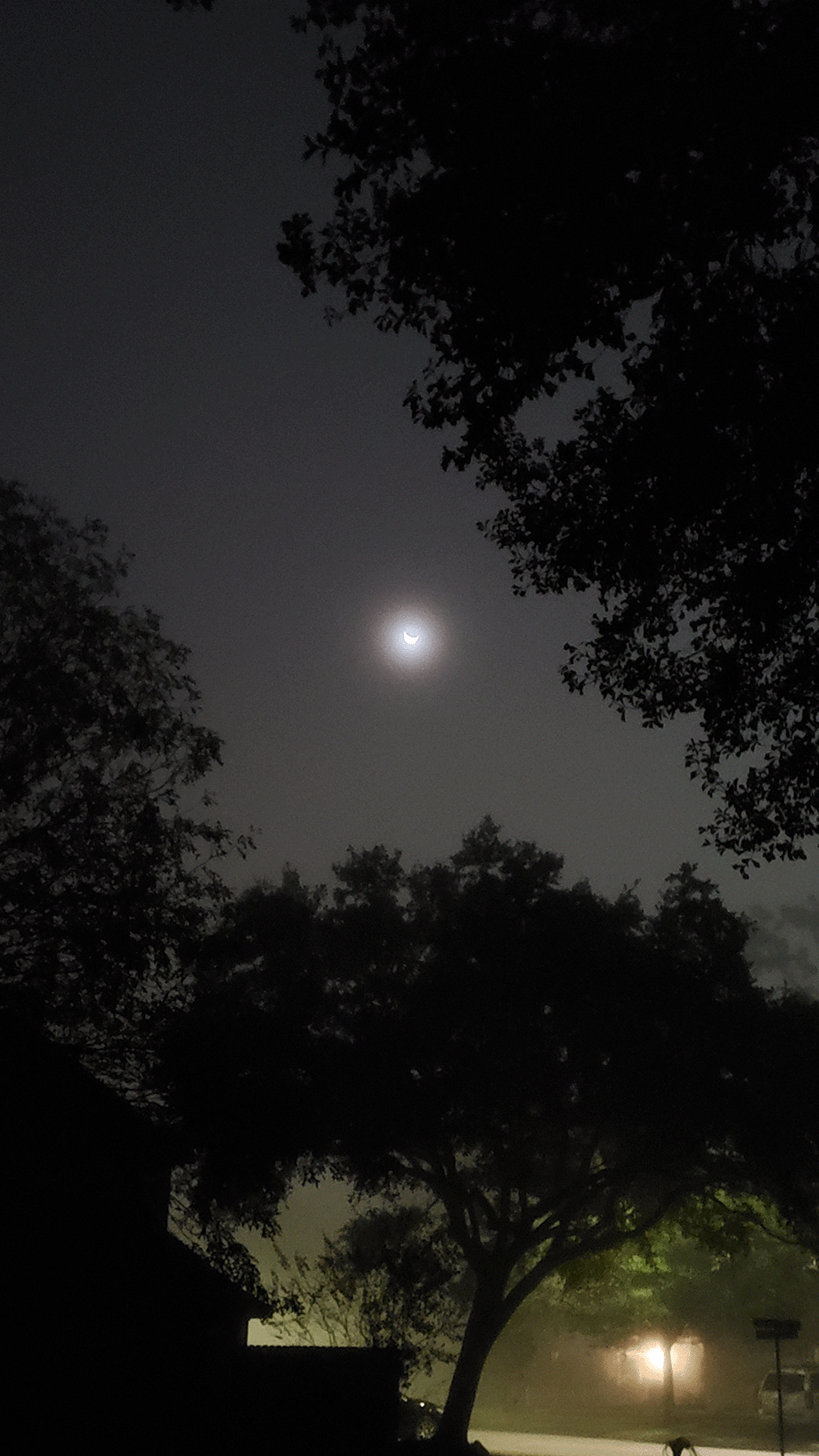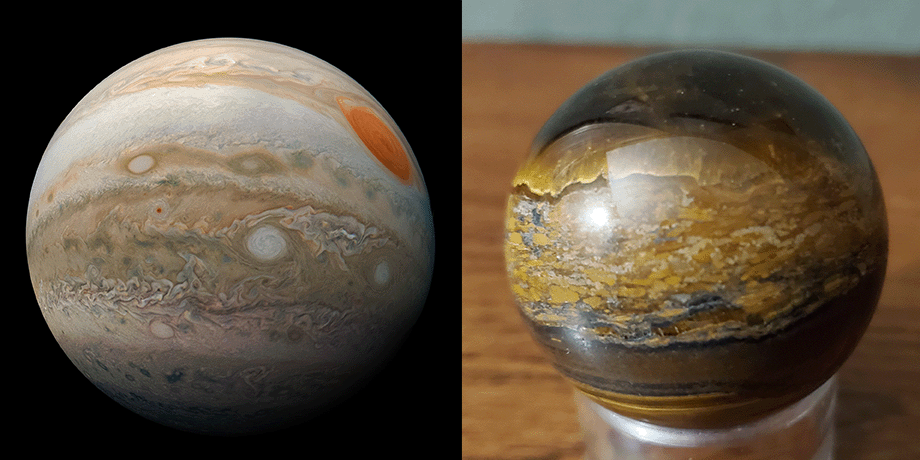…or Pippin. Or Frodo or Sam or Bilbo for that matter. It’s all about the eating.
This week in the Unites States, we celebrate the Feast of Thanksgiving.
At least we used to.
Now we tend to celebrate the Feast of Black Friday, unless we decided to go camp out at the Big Buy to watch the Coming of Big Screens, but I went into that last year.
This year, I want to talk about feasting as ritual, about food as sacrament, and about communal eating as an ancient and vital expression of humanity.
The irony that you may be reading this on small personal communication device while ignoring all the other people sitting at the table with their own small personal communication devices texting Uncle Sal to pass the gravy is not lost on me.
Nor should it be on you.
We are self-isolating at a terrifying rate, mistaking “social media” for human contact, and it most certainly is not.
Unfortunately, this illusion is compounded by the fact that social media is where many of us have “found our tribe”.
Those of us who are patently and professionally strange and unusual are very often lonesome in our IRL world. It depends on where one lives, of course, but locating a number of like-minded weirdos to hang out with is problematic for a great number of people.
At the same time, we are very often required, by family, job, and community, to mask ourselves to a greater or lesser extent. This is why the online “witch community” calls to so many of us. At least there, we can let our freak flags fly proudly, and the rest of the world be damned.
It’s a welcome relief from a cold, cruel world of boring and unimaginative people who are far more interested in small talk. And I certainly despise small talk.
If you want to talk about the weather, well, okay.
Let’s talk about rainmaking. Get me going about what kind of spells are best for thunderstorms. I’ll talk to you about tying winds in knots so ancient sailors would never sit becalmed (a very real fear).
Conversely, I’m more than happy to discuss potential cloud seeding techniques, or the implications of weather control on an already overburdened climate system.
But please don’t…don’t EVER…just talk about the weather.
People do. I know that.
Once upon a time this was actually an important conversation.
That was back when we farmed for our food, instead of having it delivered in a pre-packaged form that comes with instructions for the machines to cook it for us. I’m just waiting for the pre-holiday ad blitz that has that “smart” toaster oven prepping dinner for the eighteen plus kith and kin that are coming to your house this year. I’m sure it’ll be a great Pre-Black Friday Black Friday Sale Doorbuster.
But in those farming food days when reaching a consensus on whether or not it was going to be a dry spring actually meant something, getting together to share food, drink, and human companionship overrode the frequent dysfunctional disagreement, and, in a few cases, meant we got to spend time with “Weird Aunt Sadie” or “Odd Cousin Tim” who were into the same strange stuff that we were.

While I can understand that the Mad Men and Women plotting the means of best separating us from our hard-earned dollars are eschewing such images in favor of a newly body-conscious population, fear of upsetting those with eating disorders, and dissociating from the stress of preparing a big feast for all the kinfolk in the tri-state area- I can’t help but wonder if they’ve thrown the gravy out with the bath-water.
And long before the third Thursday in November was enshrined as the beginning of the holiday shopping season, and the absolute myth of those witch-burning colonial religious fanatics sitting down to harmoniously break bread in the spirit of brotherhood with the native peoples whose land they were polluting, there were seasonal feasts among families, and villages and tribes.
This is true of all cultures, though for many of us who were inculcated to that very very White Anglo-Saxon Protestant version of the Plymouth colony as being central to the founding of America (spoiler alert – it wasn’t ) our awareness of such feasting is often limited to the various European traditions.
Feasting is not just a winter sport, of course. There are spring feasts and summer feasts, and harvest feasts, all serving the vital purpose of consuming the hopefully surplus bounty of nature’s rhythms at those various times, whilst engendering a spirit of community and cooperation, and affording Oog and Groont a day or two off from the flint mines.
In the Winter Dark, however, this need to join together for shared resources becomes especially vital, particularly in the Northern climes where the growing season ends around mid August, and stores of preserved foods might be wearing thin.
Remember too that in such months, many people were cooped up in their houses. The cattle or sheep or goats weren’t grazing in the fields. Much of the wild game was already bedded down in their dens, so hunting was infrequent, and such other activities that could be performed in the late autumn and early winter were done during the shorter daylight hours, when the meager sunshine was warming. After dark, temperatures dropped and non-hibernating predators like wolves were roaming in search of their own feasts.
Once all the baskets had been woven, and the nets mended, and the swords honed and oiled, and the other tasks suitable for internal pursuits were completed (and in primitive times there were a lot more of them) there is no question that folk eventually tired of each other’s company.
We use the term “cabin fever” today to reflect this general malaise with idle hands and close quarters, and the natural sort of bleak outlook that comes with shorter days and longer nights. The medical term “seasonal affective disorder” which I’m sure took a committee of several prominent psychiatric professionals to anagram to SAD is used to describe a kind of depression or nervousness that affects some during the winter, compounded, of course, by the dread of the impending “holiday season”.
This is largely because, in my view, we have lost touch with the aspects of that series of communal feasts and celebratory rites that serve as a tonic to the body, and a boost to the spirit.
Coming together in the dark times was beneficial. Some people may have had a better harvest, or may have been better at hunting or putting up and preserving food. The winter feast insured that those who did not have such arbitrary luck might still get a slightly fuller belly and larder for a short time. This meant that the blacksmith or the boatwright or the village wise ones who still performed a valid function need not starve to death in the middle of winter.
But it also was an occasion to let off steam, for drinking and wrestling and telling tales and singing songs and generally getting a break from the long cold nights in the family hovel with none but the spouse and several younglings to give company.
We’ve replaced that these days with slipping into a food coma whilst watching considerably over-valued surrogates engage in competitive events like the Big Game from the comfort of our straining recliners. Our fattened asses need not worry about the privation of our ancestors, unless, of course, there’s a hole in the tent the spouse is using to camp out for a slightly bigger Big Screen to watch said Big Game.
Meanwhile we are simultaneously swiping through our social media on the smaller small screen so we’re absolutely certain we didn’t miss out on any extra-special super-duper post-Black Friday pre-Cyber Monday, door-busting door-buster deal-a-reenos. And ignoring pretty much everyone around us. So the pressure valves are gummed up with anti-social social media, constant consumerism, and way too many carbs. T
he carbs were always more prevalent than protein in the winter. And they do make us fat and happy. They increase the amount of stored calories on our bodies, and such satiation brings a pleasant sensation that may help alleviate the SADs.
But the folks in ancient times weren’t going to go sit in front of more screens after the long weekend, and be basically torpid.
They were going to burn off that fat in the leaner times of the winter, or work it off come spring when the fields greened up and fjords thawed out and the hard scrabble work of hard scrabble existence was going to be done.
Our modern technological society has little of that, and replaces it with the onslaught of advertising for stationary bikes and health club memberships, which statistically will also be idled by mid-March. Not because the spring thaw has pulled our Big Butts out of the recliner to go outside and burn off the fat, but because being fat and happy is just a lot easier than getting on that bike. Even if we are now paying a monthly subscription to have a “personal coach” scream at us (and a few thousand other personally coached people) to get up and do it.
The food of the ancestors was not laced with extenders, emulsifiers, preservatives, additives, artificial flavorings and colors, and Things-Never-Meant-To-Be-Let-Alone-Meant-To-Be-Eaten. In the efforts to make food more accessible, the engines of a capitalist economy got focused on making food more profitable. The extended shelf life meant that less of the produced goods got chucked out because of the natural process of decomposition. The longer a loaf of bread lasts, the more can be sold. But why stop there, when you can make twice the loaf out of half the flour by adding <insert barely pronounceable chemical compound here>?
As I have gotten older, and as I have been exploring how my spiritual journey bleeds over into more mundane parts of my life, the need to reduce the amount of this commercially produced chemical garbage in my diet has become more important.
As an example, I have stopped eating that Big Bag O’ Chips, but I still enjoy the clean carbs of potatoes- even fried potatoes – in reasonable moderation. Even when I add butter, bacon, cheese, and sour cream to my baked potato, I am still taking in cleaner and less artificial carbs than comes out of the factory-processed Big Bag O’ snacks.
And lets be honest. A Big Bag O’ snack is basically one of three or four grains and or potato starch, modified with various un-food additives to change the shape, color, texture, smell, and taste.
That’s basically what they do to make Purina Dog Chow, so think about that before loading up at the Big Screen Big Game Big Bag O’ Black Friday sale.
I have found that after several months of avoiding processed foods, and this includes drive-thru fast-food, and quick service restaurants, I don’t really crave them anymore. I had a bag of chips at lunch the other day for the first time in a couple of years and I didn’t even finish it…and it was the extra small bag you get with lunch. So I begin to wonder if all these “extras” added to the people chow products don’t also included compounds that promote an addictive response.
By the way, a lot of the processed food processors are owned by Big Tobacco, an industry with a history of using additives to make their product more addictive. But I’m sure there’s no connection. I mean, the government wouldn’t allow it, right? Like they did with nicotine for several decades. Because, money.
So, before I ride off into the sunset for a long weekend that I hope will be restful, restorative, and creative, I gently suggest that you might put the phone on mute, at least during the meal, and enjoy the benefits of a clean communal feast, without the urge to go shopping, or hole up in the kitchen the entire time to avoid those judgy relatives. I have them too. They are a pain in the ass. But it’s a temporary thing, and you may find that one or two of them might just be a little weirder than you remember.
And for those that aren’t, just load them up on potatoes and gravy and wait until they pass out on the couch and you can change the channel to something other than that stupid football game.
I’ll be back next week.
Featured Image Photo by Spencer Davis on Unsplash
Main Photo by Brooke Lark on Unsplash
Instagram Post Photo by Alexis Fauvet on Unsplash



